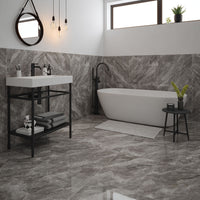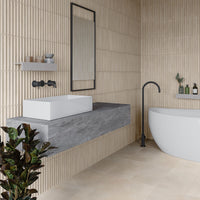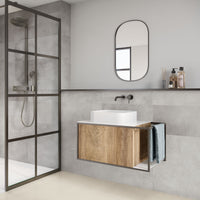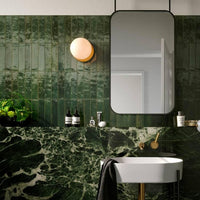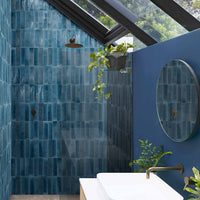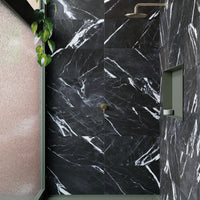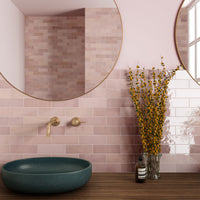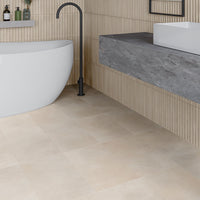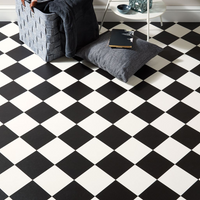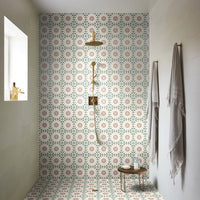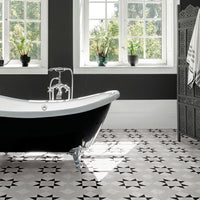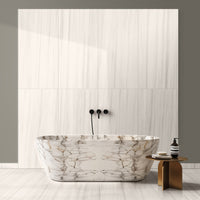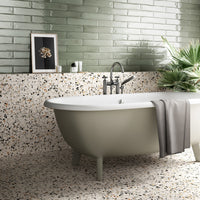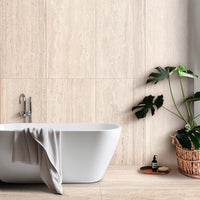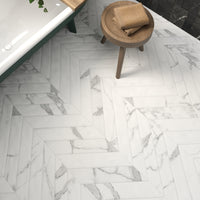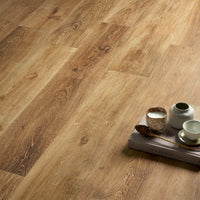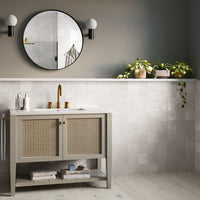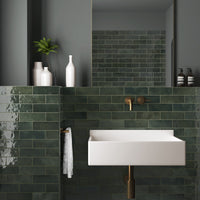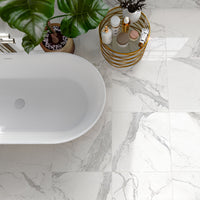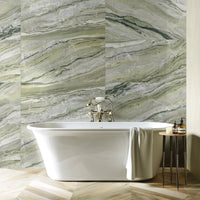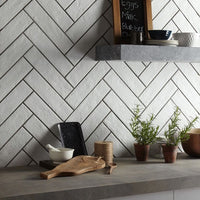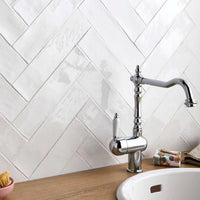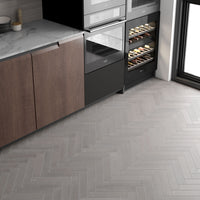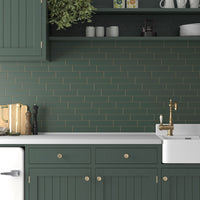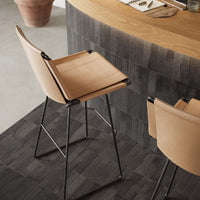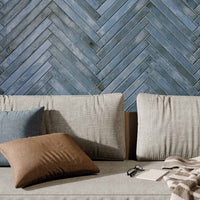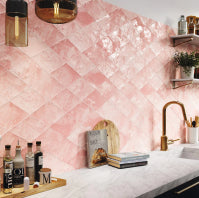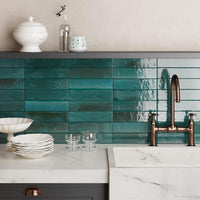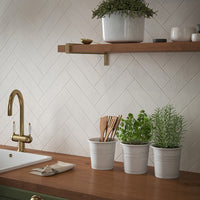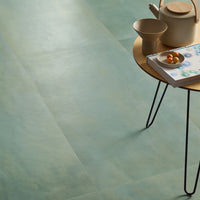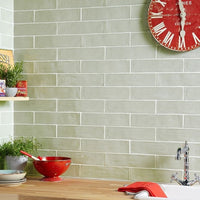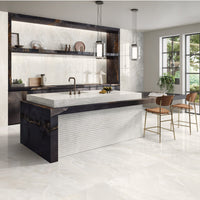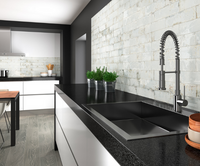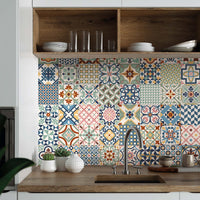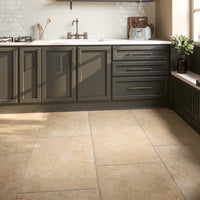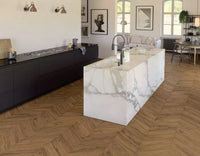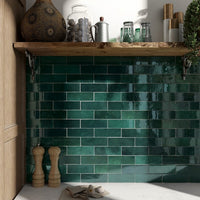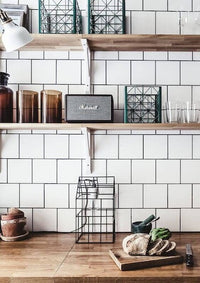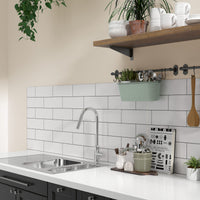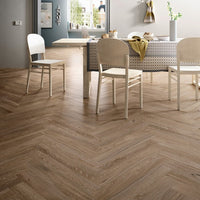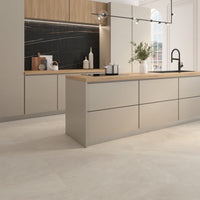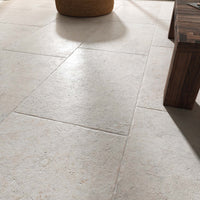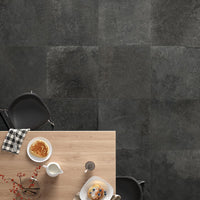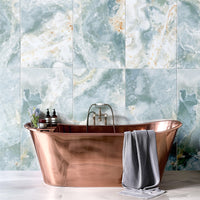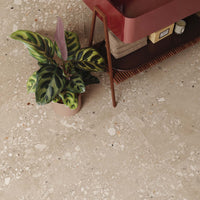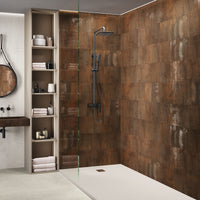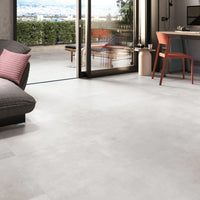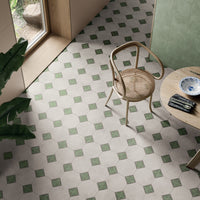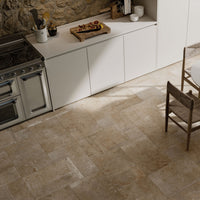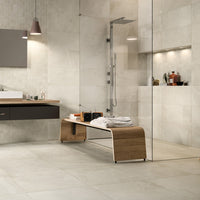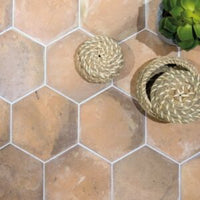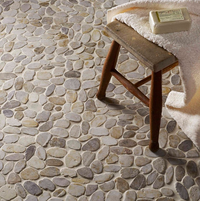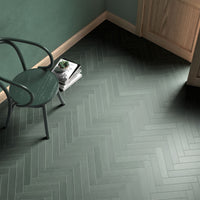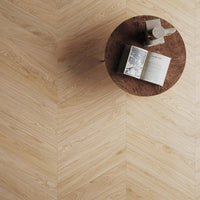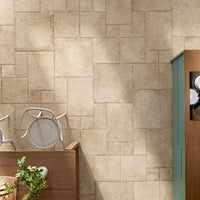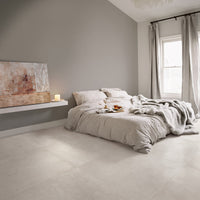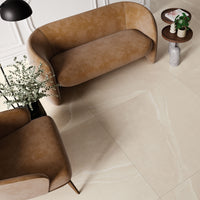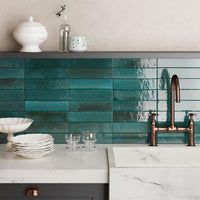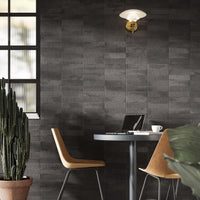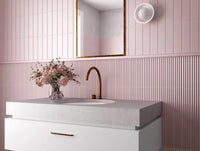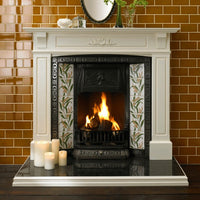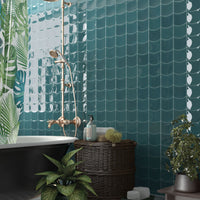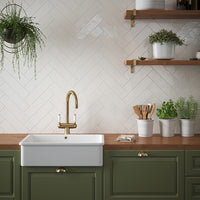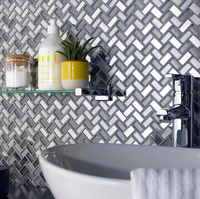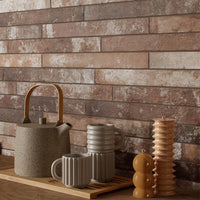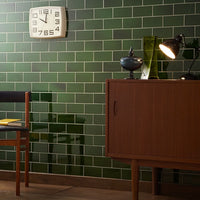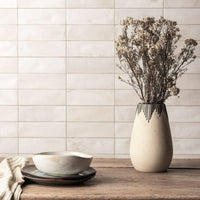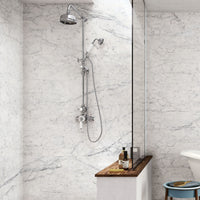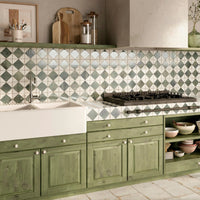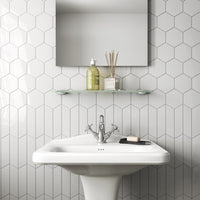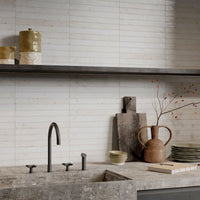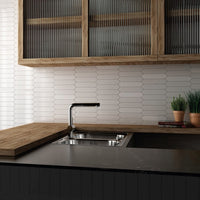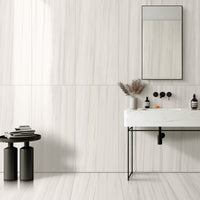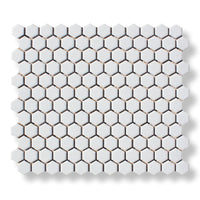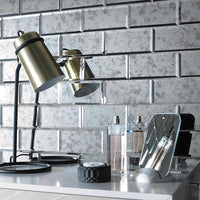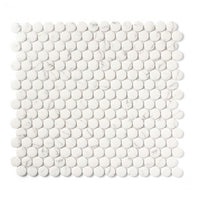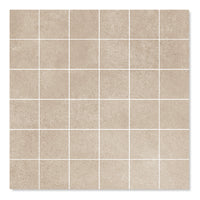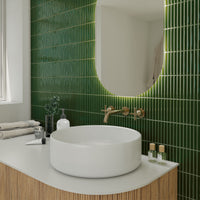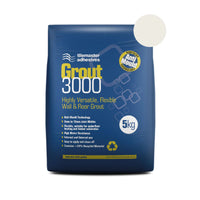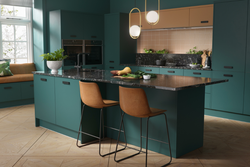There’s a lot to think about when you’re designing a new room. Some of it is fun and inspiring, such as looking at new styles and materials, for example. While on the other hand, budgets and timescales are rather routine.
But aside from design and cost, you’ll also need to consider whether a particular floor tile is suitable for the room in question. In other words, will it stand up to daily wear and tear? After all, no-one wants to replace new kitchen tiles after just a few months, because they’ve cracked or worn away. This is where the PEI Rating comes in.
What is the PEI Rating?
As floor tiles are walked on day in, day out, they experience constant wear and tear. It goes without saying that some floors are busier than others - and at the same time, some floor tiles are more durable than others.
The PEI Rating assesses how ‘resistant to abrasion’ the surface of a particular tile is. Or, in other words, how easily the glaze may scratch. Tiles are assigned a PEI Rating from 0 to 5, where a score of 5 indicates the highest degree of wear resistance. This can help you determine if your chosen tile is suitable for your floor in question.
PEI 0 – Wall Tiles Only
Tiles rated PEI 0 are suitable for walls only and must not be laid on floors.
PEI 1 – Light Footfall
Tiles rated PEI 1 are only suitable for rooms with infrequent footfall, where shoes are very rarely worn.
Examples - Bedrooms, En-suites
PEI 2 – Moderate Footfall
Tiles rated PEI 2 are suitable for low traffic areas of the home where shoes aren’t likely to be worn.
Examples - Family bathrooms
PEI 3 – Regular Footfall
Tiles rated PEI 3 are suitable for use throughout your home, including high traffic floors where shoes are worn.
Examples - Kitchens, Hallways, Living Rooms
PEI 4 – Intense Footfall
Tiles rated PEI 4 can be laid in light commercial interiors, with high levels of foot traffic wearing a variety of shoes.
Examples - Offices, Bars, Restaurants
PEI 5 – Heavy Footfall
Tiles rated PEI 5 are suitable for busy public spaces with very high levels of foot traffic.
Examples - Shopping malls, Airports
Tiles in a particular category are also suitable for the use cases in a category below. For example, a tile rated PEI 4 can be laid in any room at home.
How is the PEI Rating calculated?
The PEI Rating is determined by the Porcelain Enamel Institute using a machine that tests for abrasion resistance. Essentially, steel ball bearings are rolled over a tile until visible abrasions appears on the surface - the ball bearings mimic traffic and footfall.
A tile scores higher on the PEI Rating when more revolutions of the machine are required, before any surface abrasions appear.
Does the thickness affect how durable a tile is?
Although it’s tempting to think that the thicker a tile the more resistant to wear it is, this isn’t always the case. For example, a glazed porcelain tile is almost always more durable than a glazed ceramic tile, but may be substantially thinner. This is because porcelain is fired at higher temperatures, to form a robust and dense flooring material.
So when you’re assessing for durability, always check the PEI Rating.
Where will I find the PEI rating?
We don’t currently list the PEI Rating for every floor tile as not all tiles are rated. However, you can still see which rooms we recommend for a particular tile - please click the “Suitable For” button on each product page. If you would like to know if a tile has a PEI Rating, please contact us.
